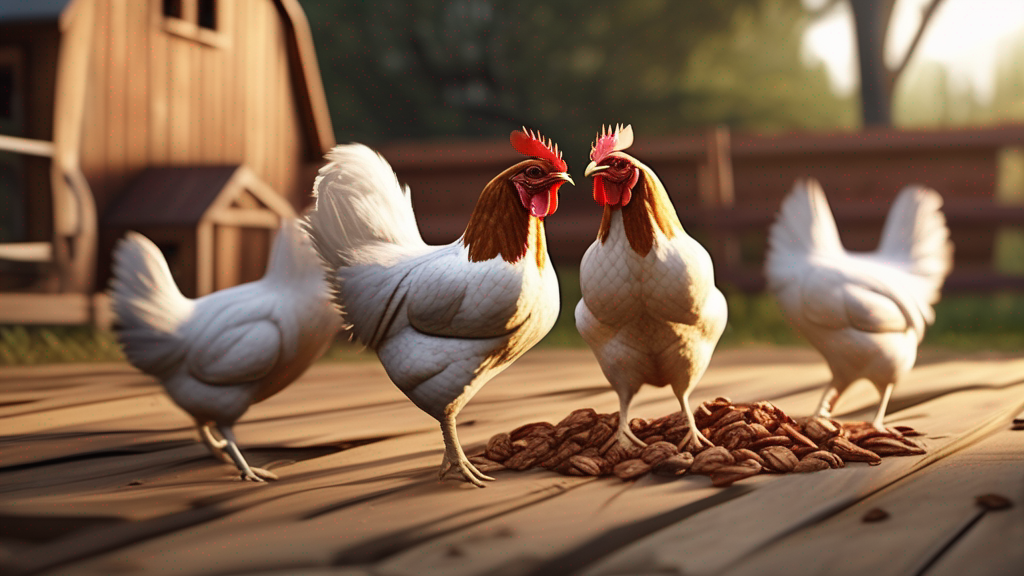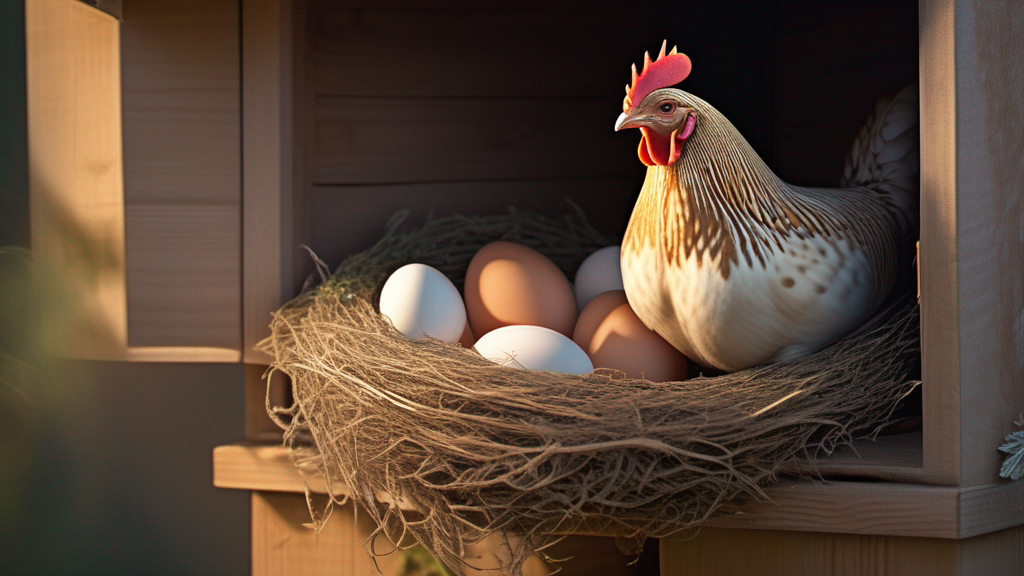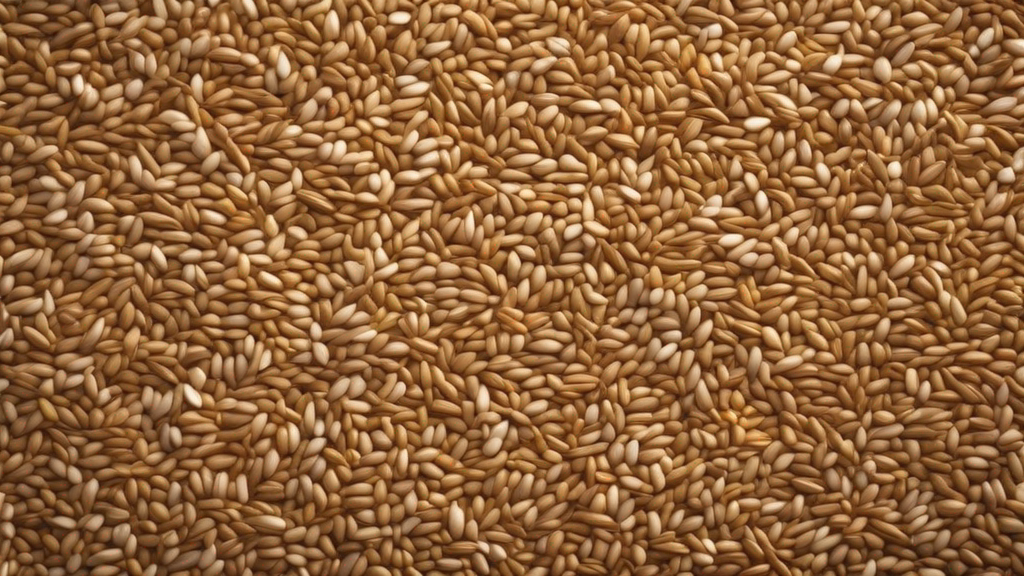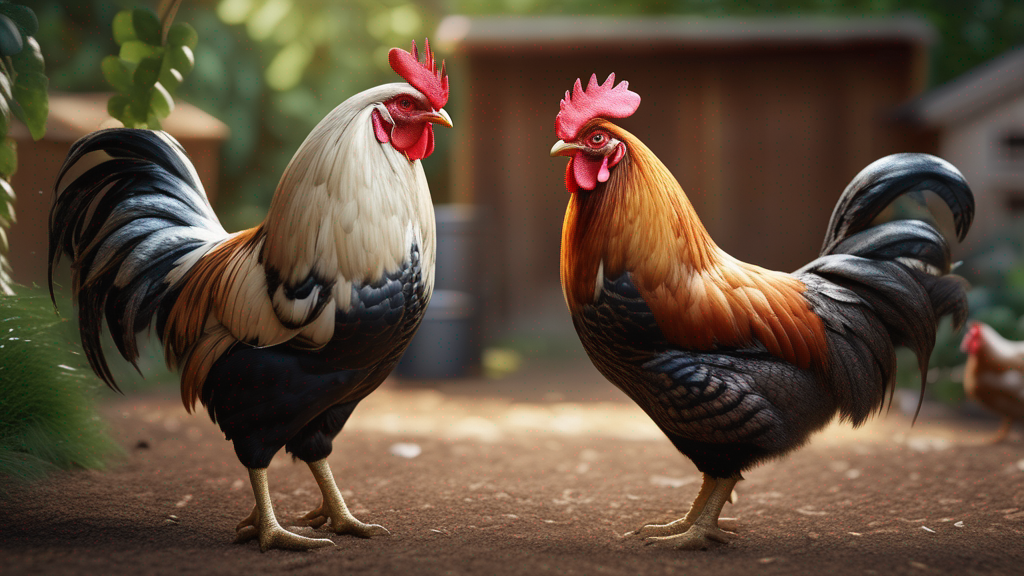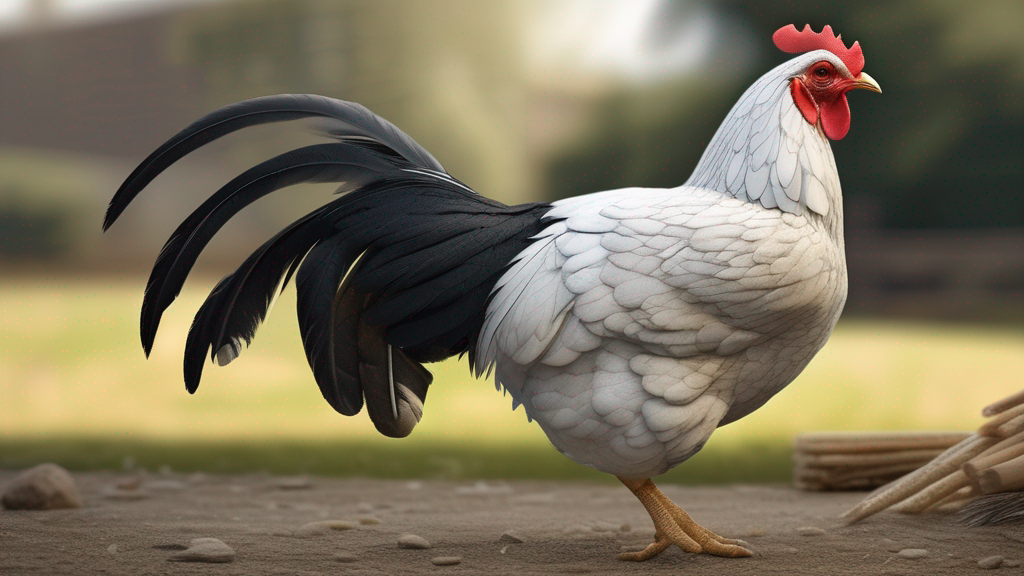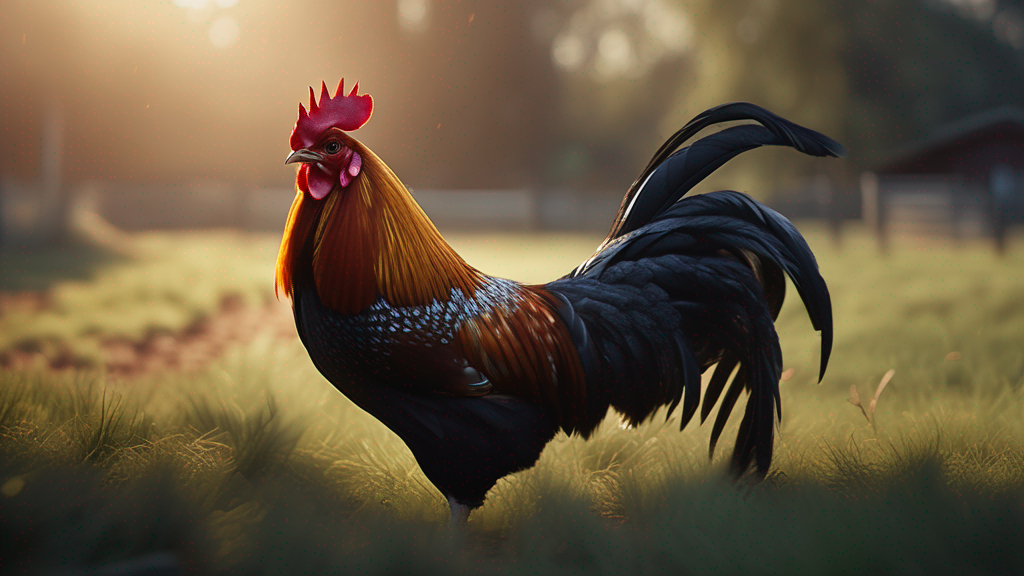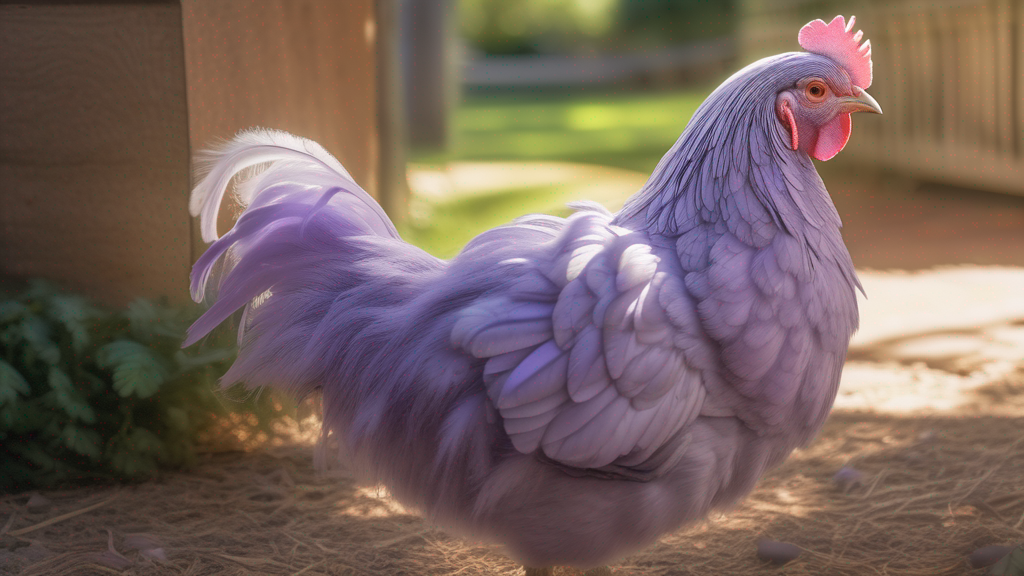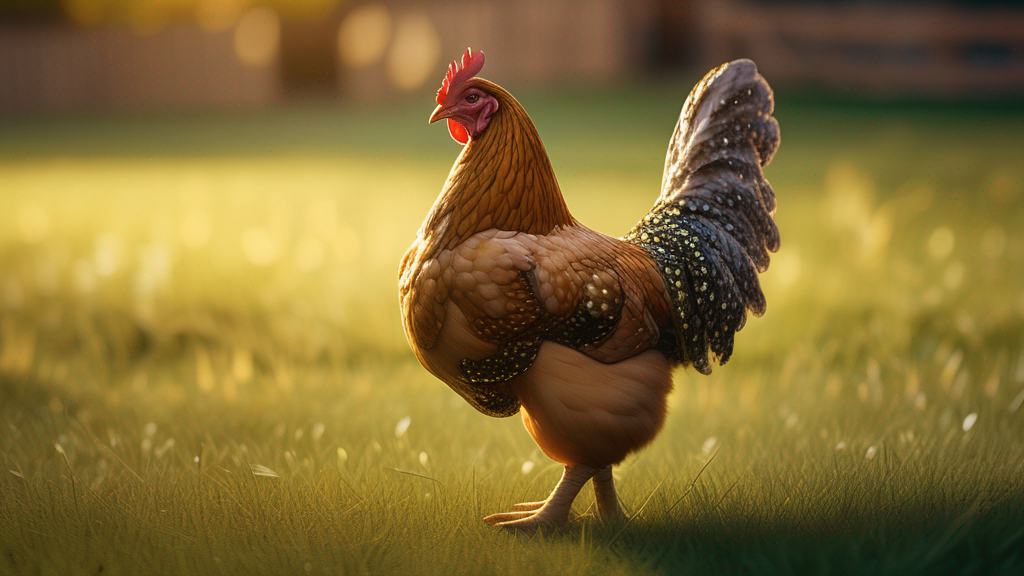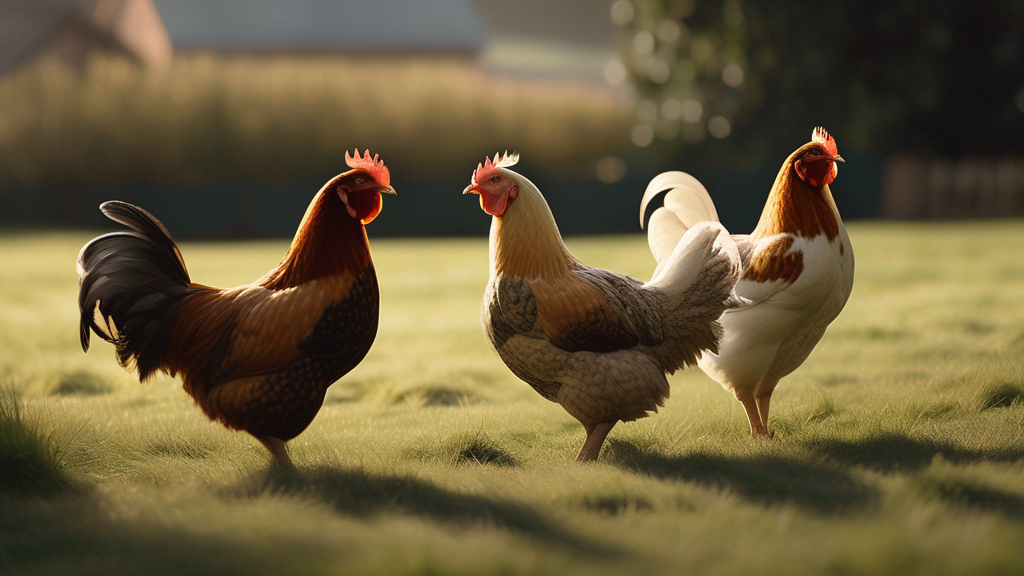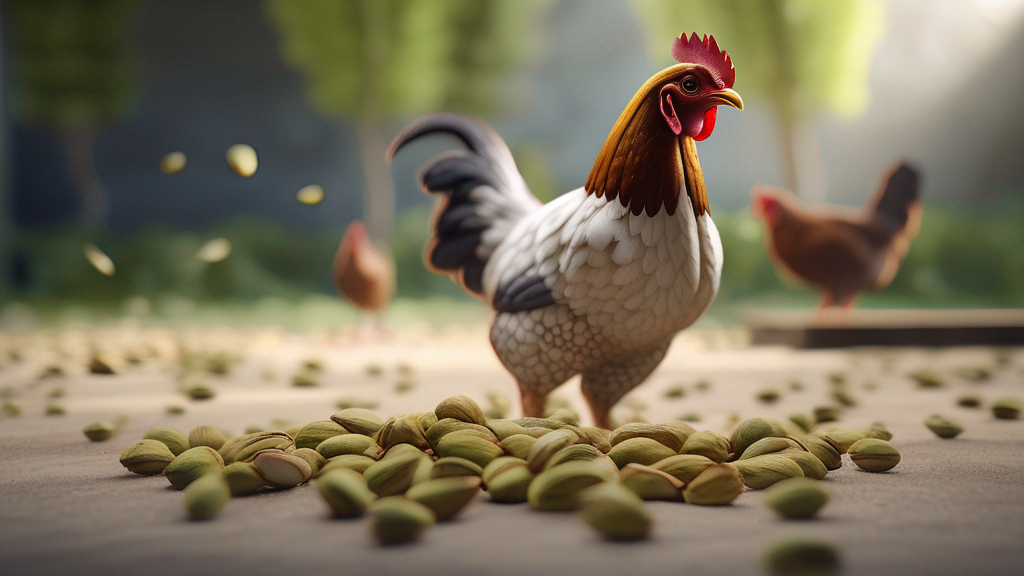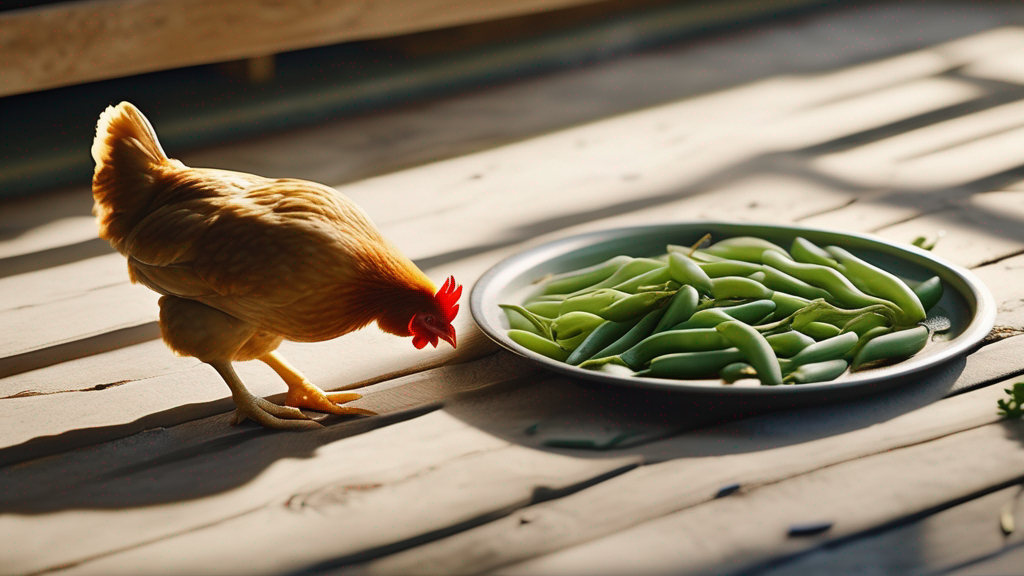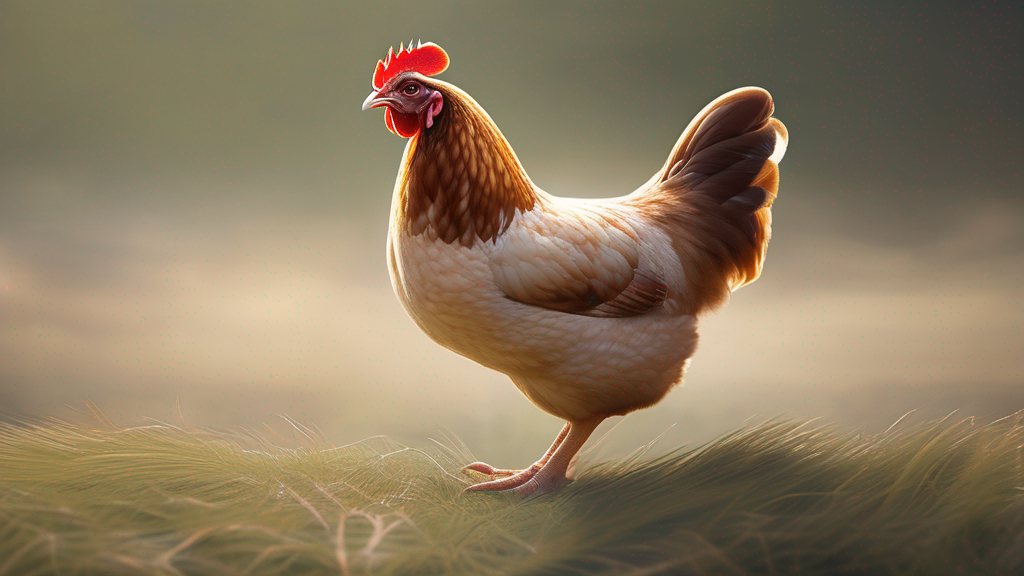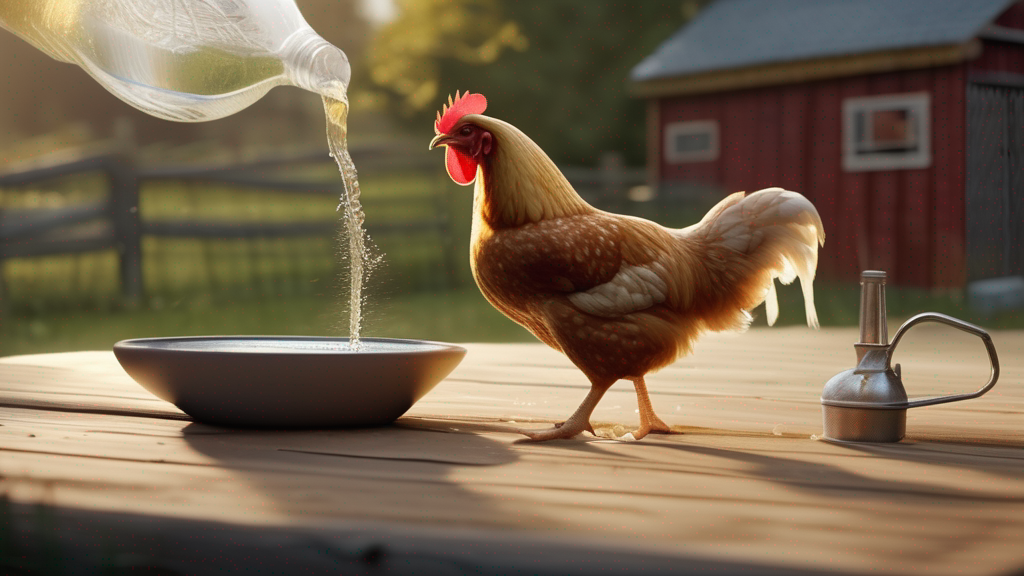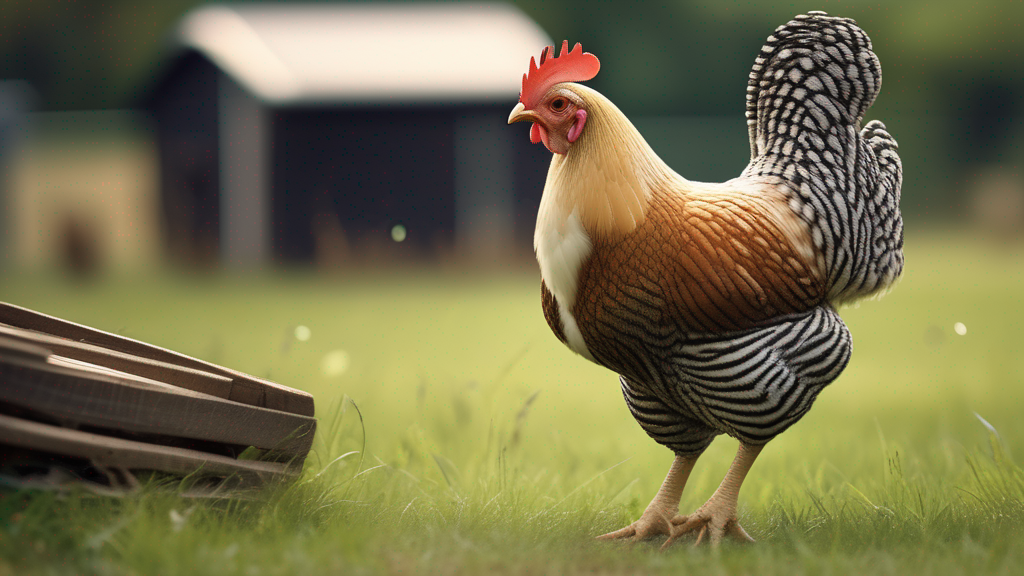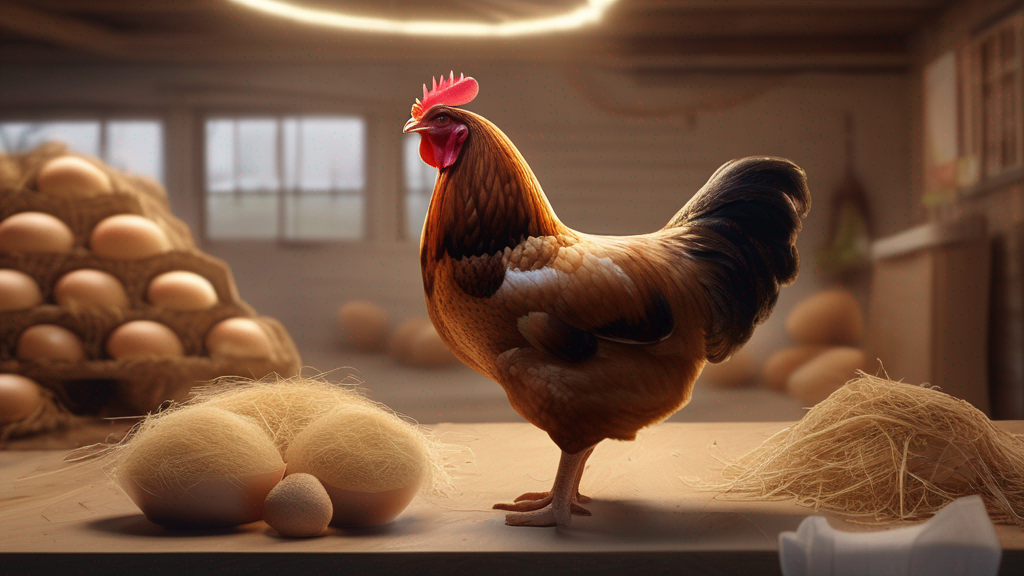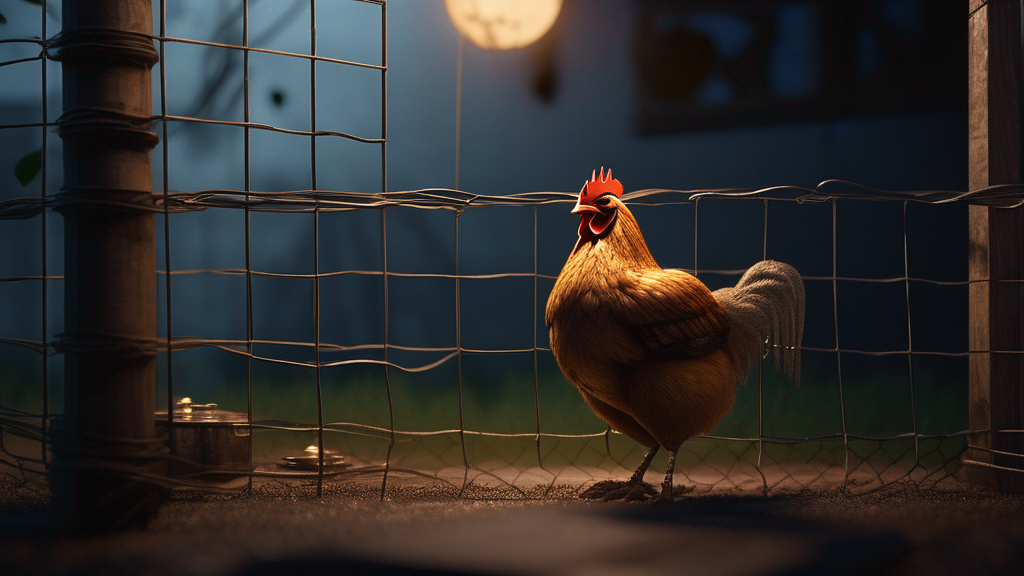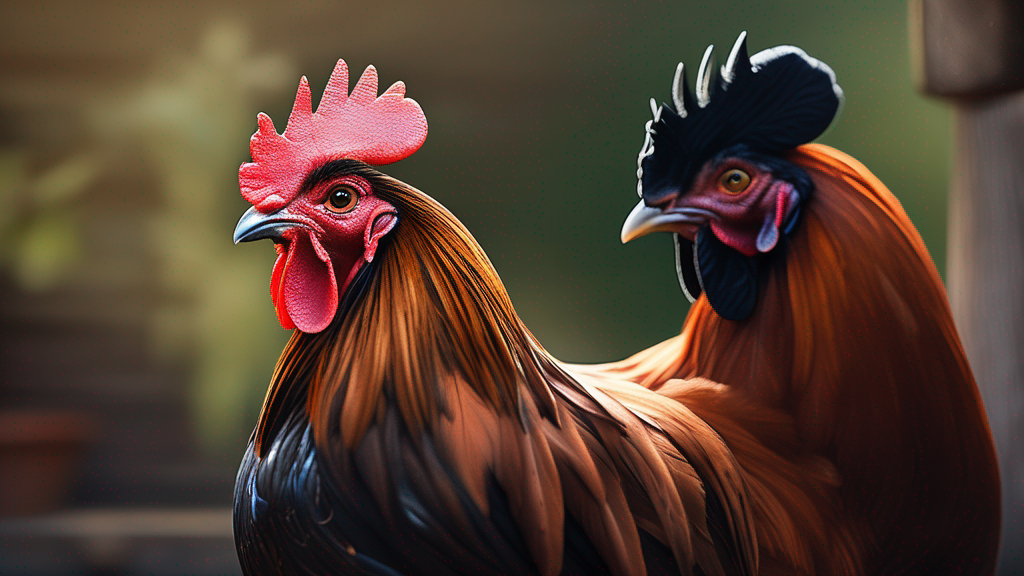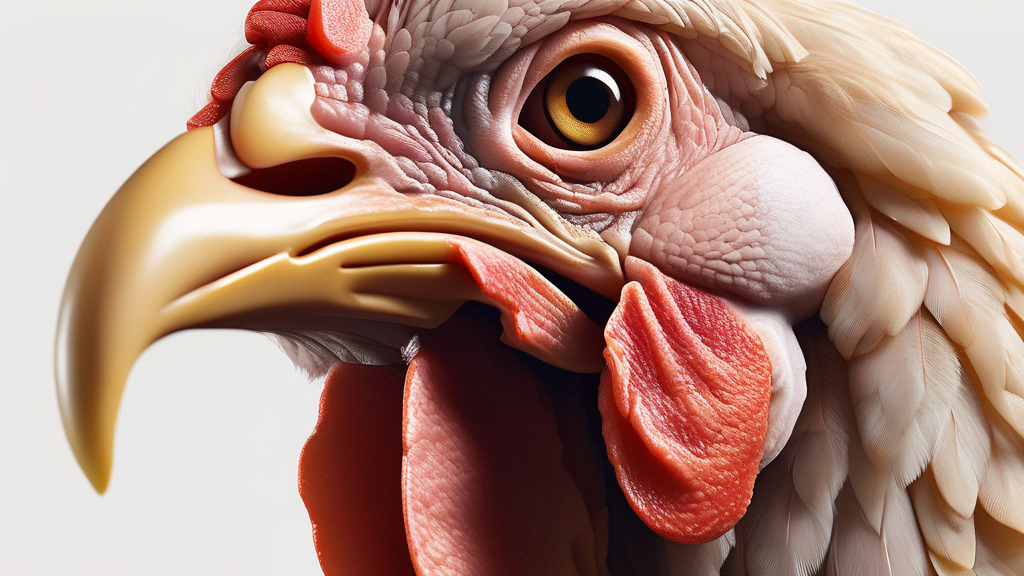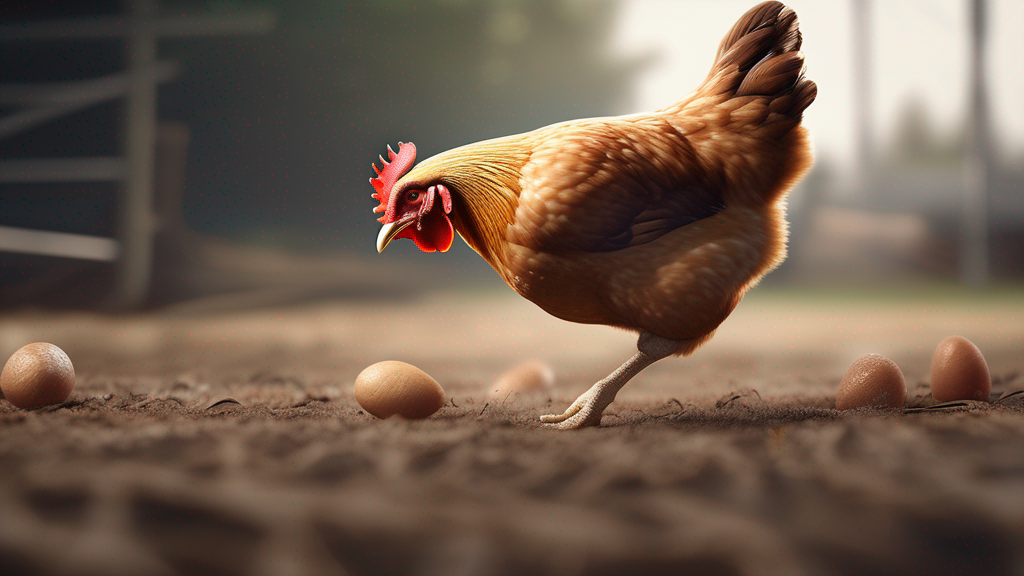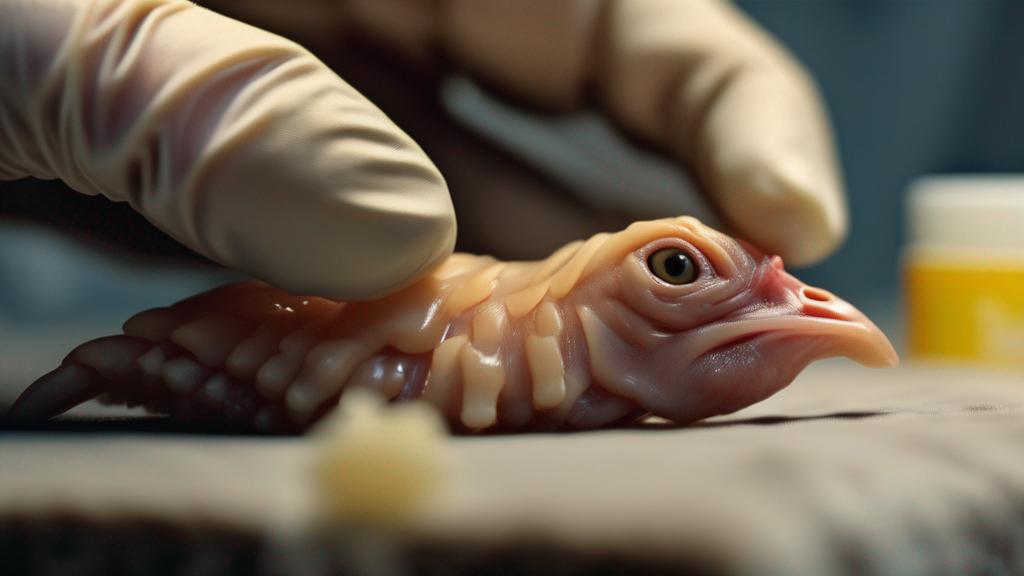If you’re looking for a charming, colorful, and productive addition to your backyard flock, the Cream Legbar chicken might be your perfect match. Known for their stunning blue eggs and auto-sexing genetics, these British-born birds offer a unique blend of beauty, utility, and personality.
In this guide, we’ll dive into the breed’s origin, unique features, temperament, care needs, and the benefits they bring to backyard chicken keepers. Whether you’re a seasoned poultry keeper or just starting out, the Cream Legbar is worth your attention.
Quick Overview: Cream Legbar Breed
The Cream Legbar is an auto-sexing chicken breed developed in the early 20th century in the United Kingdom. They’re popular among hobby farmers and egg enthusiasts for their distinctive plumage, excellent foraging ability, and beautiful pastel-colored eggs.
Breed Traits and Characteristics
| Trait | Details |
|---|---|
| Origin | United Kingdom (1930s) |
| Egg Color | Blue to Blue-Green |
| Temperament | Active, Friendly, Curious |
| Broodiness | Low to Moderate |
| Egg Production | 180–200 eggs/year |
| Lifespan | 6–10 years |
| Purpose | Eggs, Auto-Sexing Breed |
What Makes Cream Legbars Unique?
1. Blue Eggs
The most striking feature of Cream Legbars is their egg color. These birds lay eggs in shades of pale blue to green-blue, making them a prized addition to any egg basket.
2. Auto-Sexing
Developed through a cross between Barred Plymouth Rocks and Brown Leghorns, Cream Legbars are an auto-sexing breed. This means you can determine the sex of chicks at hatching based on feather color—saving time and cost for backyard breeders.
3. Distinctive Appearance
These chickens feature cream-colored feathering with soft barring, a stylish crest on their head, and upright posture. They’re both attractive and easy to recognize in a mixed flock.
Temperament and Behavior
Cream Legbars are known for being alert, intelligent, and independent birds. They’re good foragers, love to free-range, and are generally:
- Friendly with people
- Not overly aggressive toward other birds
- Curious and active—they like to explore
- Noisy at times, especially when laying
They do well in both large free-range yards and enclosed coops, though their active nature makes them more suited to space where they can roam.
Egg Production Details
While not the highest-producing breed, Cream Legbars offer consistent egg output and stunning shell color. Here’s what to expect:
- 180–200 eggs per year (medium to large size)
- First laying age: around 20–24 weeks
- Eggshell color: blue to pastel green
- Shell strength: strong and durable
Ideal for Backyard Keepers
Cream Legbars are gaining popularity in urban and suburban backyard flocks due to their calm personality, manageable size, and photogenic appearance. They’re particularly valued for:
- Unique egg color for mixed egg cartons
- Ease of sexing chicks for breeders
- Low broodiness compared to heritage breeds
- Good adaptation to varied climates
Comparison with Other Breeds
| Breed | Egg Color | Eggs/Year | Temperament | Broodiness |
|---|---|---|---|---|
| Cream Legbar | Blue | 180–200 | Active, Curious | Low to Moderate |
| Ameraucana | Blue | 150–180 | Shy, Gentle | Low |
| Rhode Island Red | Brown | 250+ | Bold, Confident | Low |
| Orpington | Brown | 180–200 | Docile, Friendly | Moderate to High |
Health and Care Tips
Cream Legbars are hardy birds that thrive with proper care. Here are a few key tips:
- Feed: Provide high-quality layer feed supplemented with greens and grains.
- Clean Coop: Maintain hygiene to prevent respiratory diseases and parasites.
- Free-Range Access: Encourage natural foraging behavior.
- Protection: They’re agile and alert but still need predator-safe housing.
Are Cream Legbars Right for You?
Choose Cream Legbars if you:
- Want colorful, unique eggs
- Enjoy active, curious chickens in your flock
- Prefer breeds with auto-sexing features for easy breeding
- Have space for birds to roam and forage
Frequently Asked Questions
Are Cream Legbars good with kids?
Yes, they are friendly and curious, making them great for families. However, they are more independent than cuddly breeds like Silkies.
How do you tell male and female Cream Legbar chicks apart?
The breed is auto-sexing—males have lighter down with a spot on their head, while females are darker and more defined in pattern.
Do Cream Legbars go broody?
They are less likely to go broody compared to heritage breeds, making them ideal for consistent egg production.
Conclusion
The Cream Legbar is a standout breed offering more than just beauty. With their charming blue eggs, auto-sexing ability, and engaging personality, they are a valuable asset to any backyard flock.
Whether you’re building a mixed flock or focusing on colorful egg layers, Cream Legbars are a practical and delightful choice. Just give them room to roam and the right nutrition, and they’ll reward you with beauty and bounty.
Explore more breed profiles and backyard poultry tips in our Chicken Breeds Guide.
